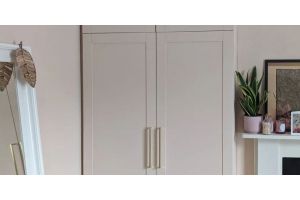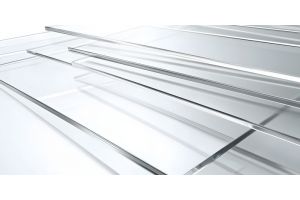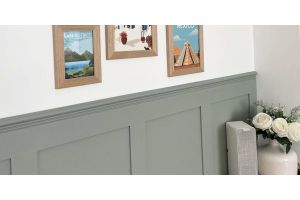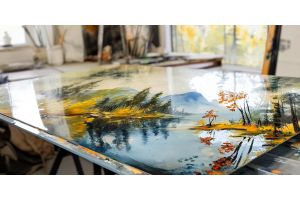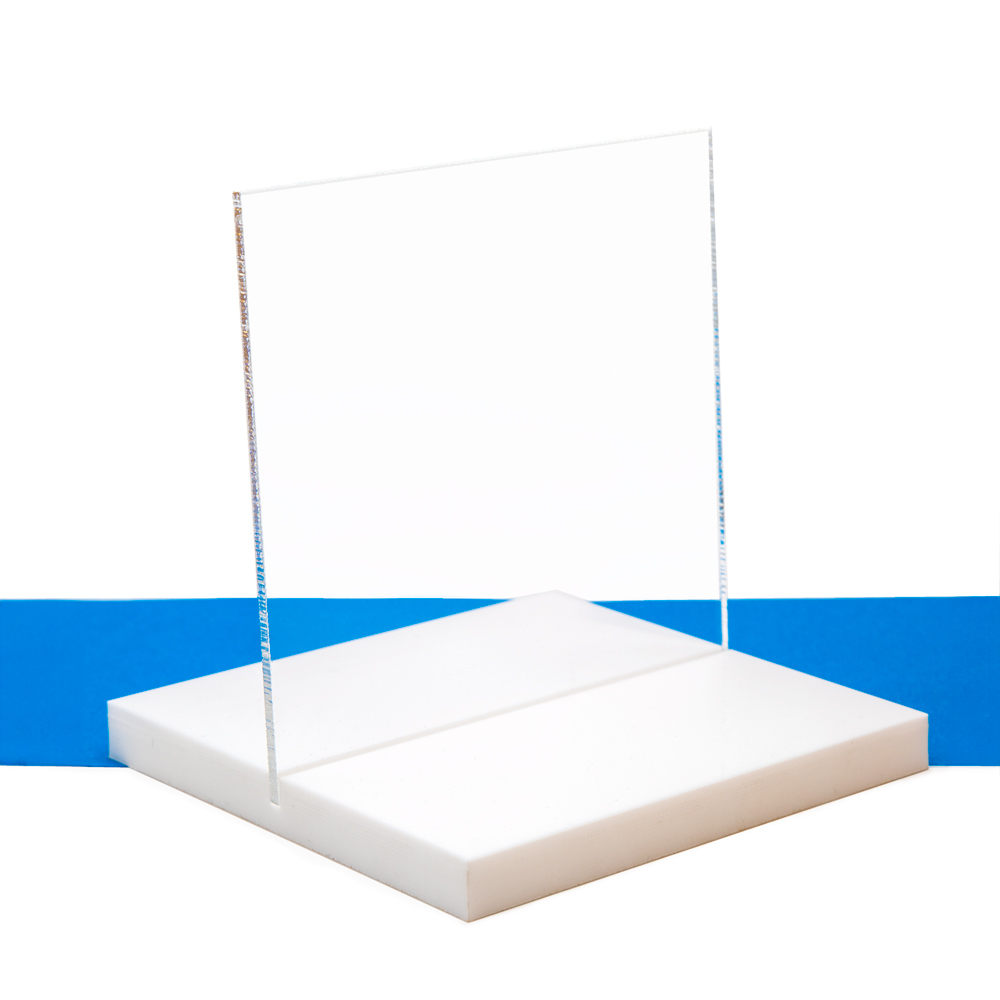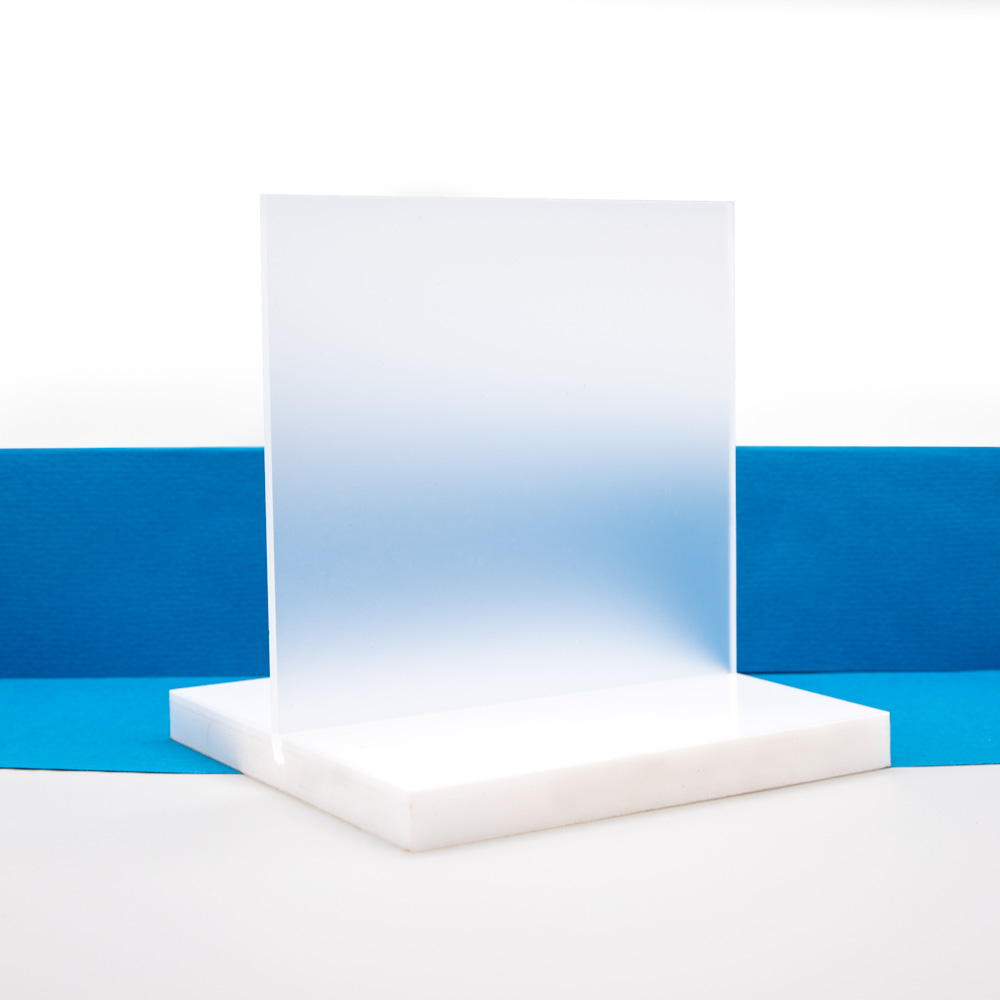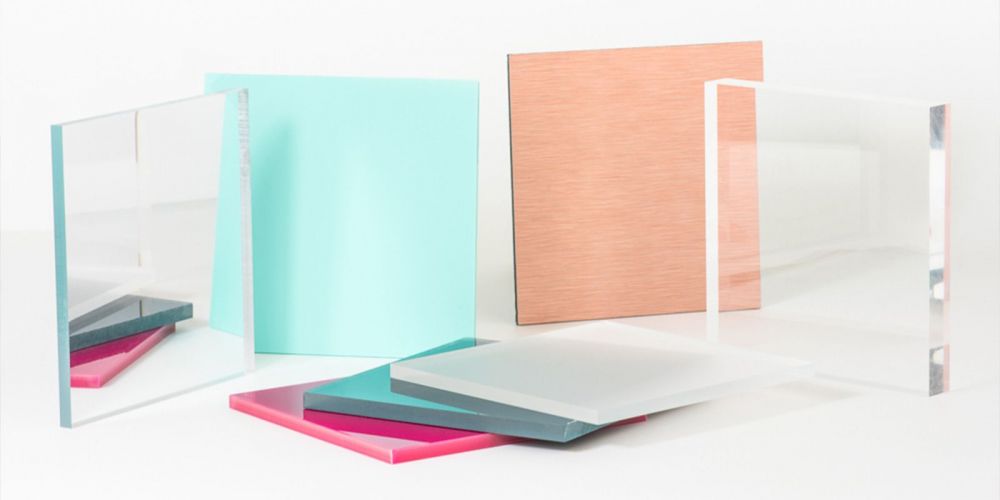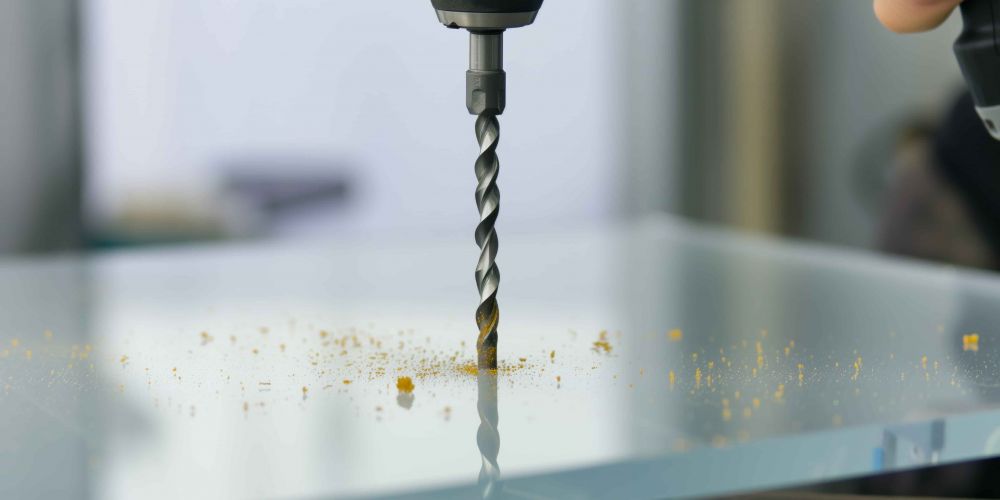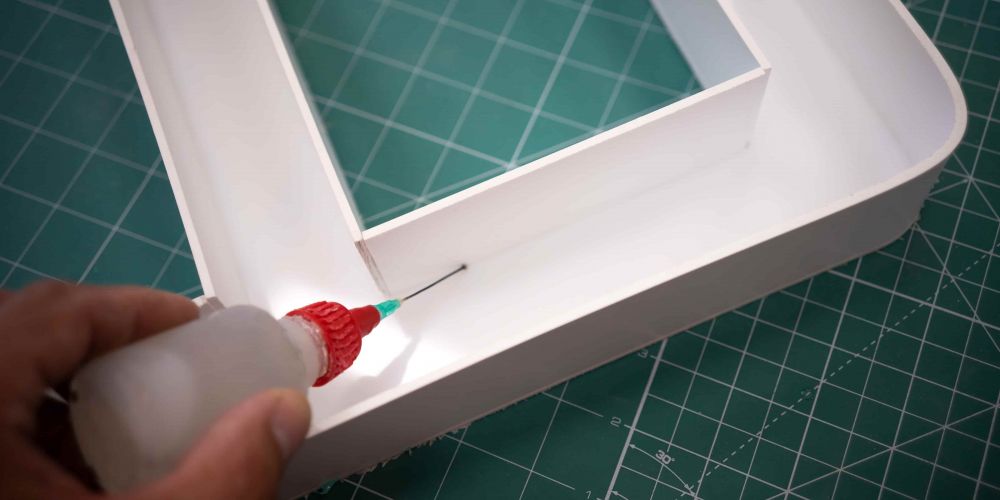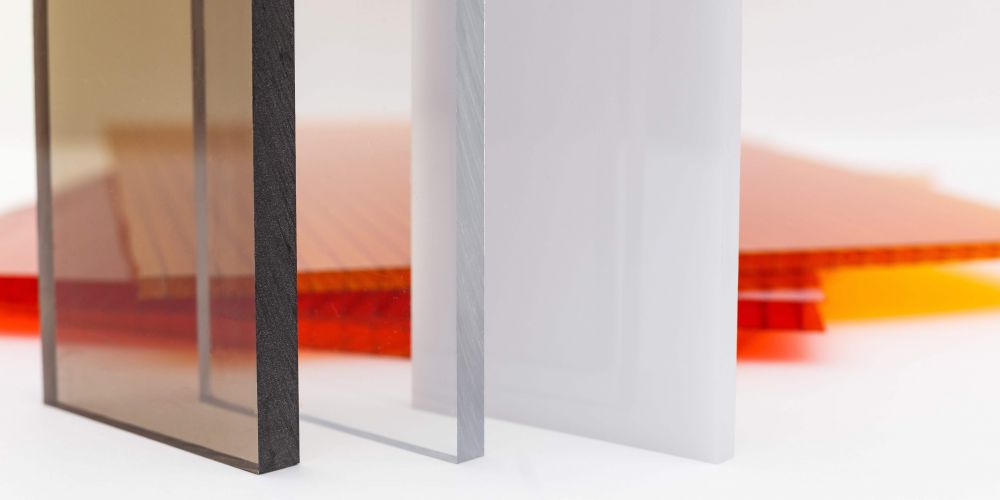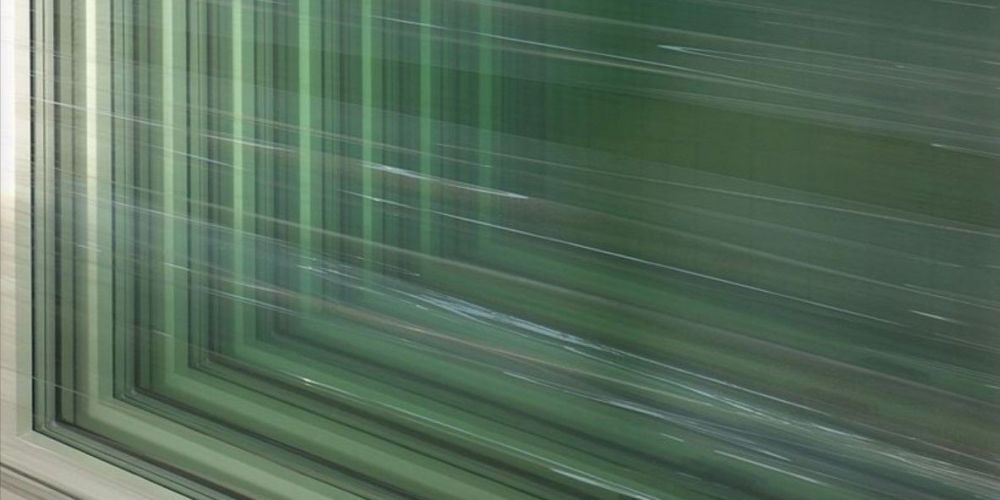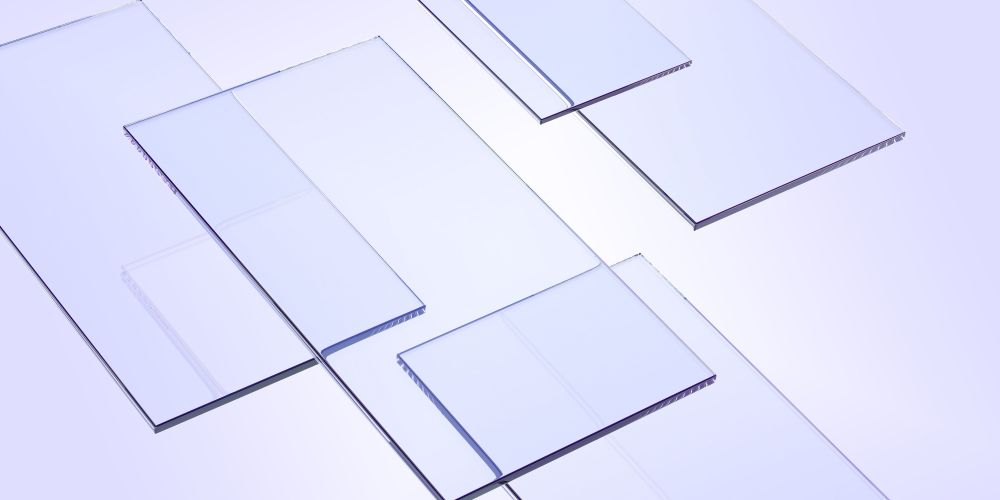Painting on acrylic sheets is a versatile and rewarding DIY project, perfect for creating unique décor, personalised gifts, or even outdoor art. Acrylic sheets, often called plexiglass sheets, offer a durable and transparent canvas, making them ideal for a variety of creative applications.
This guide will take you through the process of painting acrylic sheet, covering everything from selecting the right materials to mastering painting techniques.
What is an Acrylic Sheet?
An acrylic sheet, commonly known as plexiglass, is a type of plastic that’s lightweight, shatter-resistant, and easy to work with. Unlike glass, acrylic sheets are less prone to breaking and come in a variety of finishes, such as clear, frosted, or coloured. These properties make acrylic sheets an excellent choice for projects that require a durable and visually appealing material.
Choosing the Right Acrylic Sheet
When painting on acrylic sheet, selecting the right sheet is crucial. Consider the thickness and size based on your project needs. Typically, a thickness of 3mm to 5mm is ideal for most DIY projects. Acrylic sheets also come in various surface finishes, including glossy and matte. A glossy finish is great for vibrant colours, while a matte finish offers a subtler look.
Essential Tools and Materials
To paint acrylic sheet effectively, you’ll need the right tools and materials:
- Acrylic Paint: The best paint for acrylic sheets is acrylic paint because of its strong adhesion and vibrant colours.
- Spray Paint: Spray paints can be used for covering large areas quickly and achieving an even finish.
- Brushes and Masking Tape: Use brushes of varying sizes for detail work, and masking tape to create clean lines.
- Primer: A spray primer designed for plastic surfaces helps paint adhere better to the sheet.
- Soft Cloth and Soapy Water: These are essential for cleaning the sheet surface before painting.
Preparing the Acrylic Sheet
Proper preparation of your acrylic sheet ensures good adhesion of the paint and a professional-looking finish.
Cleaning:
Start by cleaning the sheet surface with soapy water and a soft cloth. This removes dust, dirt, and oils that can prevent the paint from sticking. Dry the surface with a lint-free cloth to avoid leaving any residue.
Sanding:
Lightly sand the surface of the acrylic sheet using fine-grit sandpaper. This creates a slightly rough surface, helping the paint adhere better. Be careful not to over-sand, as you only need to create a texture for the paint to stick.
Priming:
Apply a spray primer designed for plastics to the entire surface of the sheet. The primer provides a base for the paint, ensuring it doesn’t peel or crack over time. Hold the spray can at the recommended spraying distance and apply a thin, even layer. Let the primer dry completely before you start painting.
Painting Techniques
Once your acrylic sheet is prepped, it’s time to start painting. Here are some techniques to consider:
Direct Painting:
If you’re using acrylic paint, you can paint directly onto the surface of the acrylic sheet. Apply the paint in thin layers to avoid streaks and ensure smooth coverage. Start with an initial coat, let it dry completely, and then add subsequent layers. This technique is ideal for detailed work or when you want to build up colours gradually.
Spray Paint:
For larger areas or a solid colour, spray paint is an excellent option. It’s important to apply the spray paint at the proper distance to avoid drips and uneven coverage. Hold the spray can about 12 inches away from the surface and use sweeping motions to cover the sheet evenly. Allow each coat to dry before applying the next.
Reverse Painting:
If you’re using a clear acrylic sheet, reverse painting is a unique method where you paint on the back side of the sheet. This technique allows the colours to be viewed through the clear layer of the sheet, creating a smooth and glossy finish on the front. Start by painting the details first, then fill in the larger areas. This technique protects the paint and creates a professional-looking result.
Layering and Blending:
When using acrylic paints, layering different colours can create depth and dimension. Apply one layer of paint, let it dry, and then add additional layers or blend colours while the paint is still wet to achieve smooth transitions.



